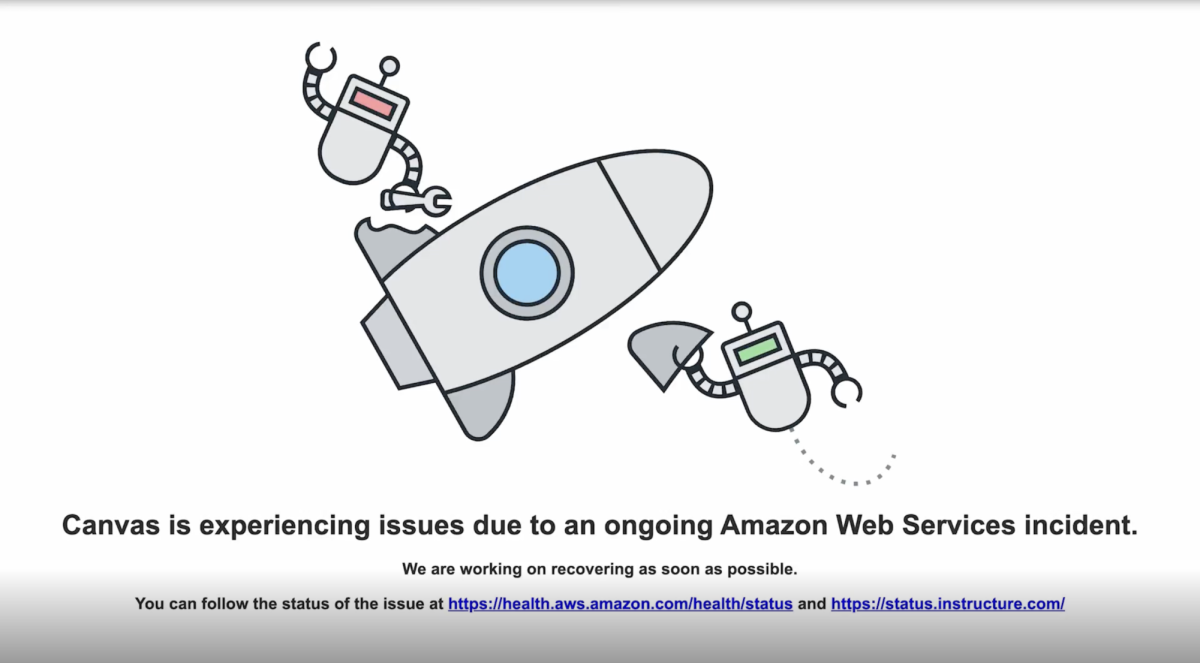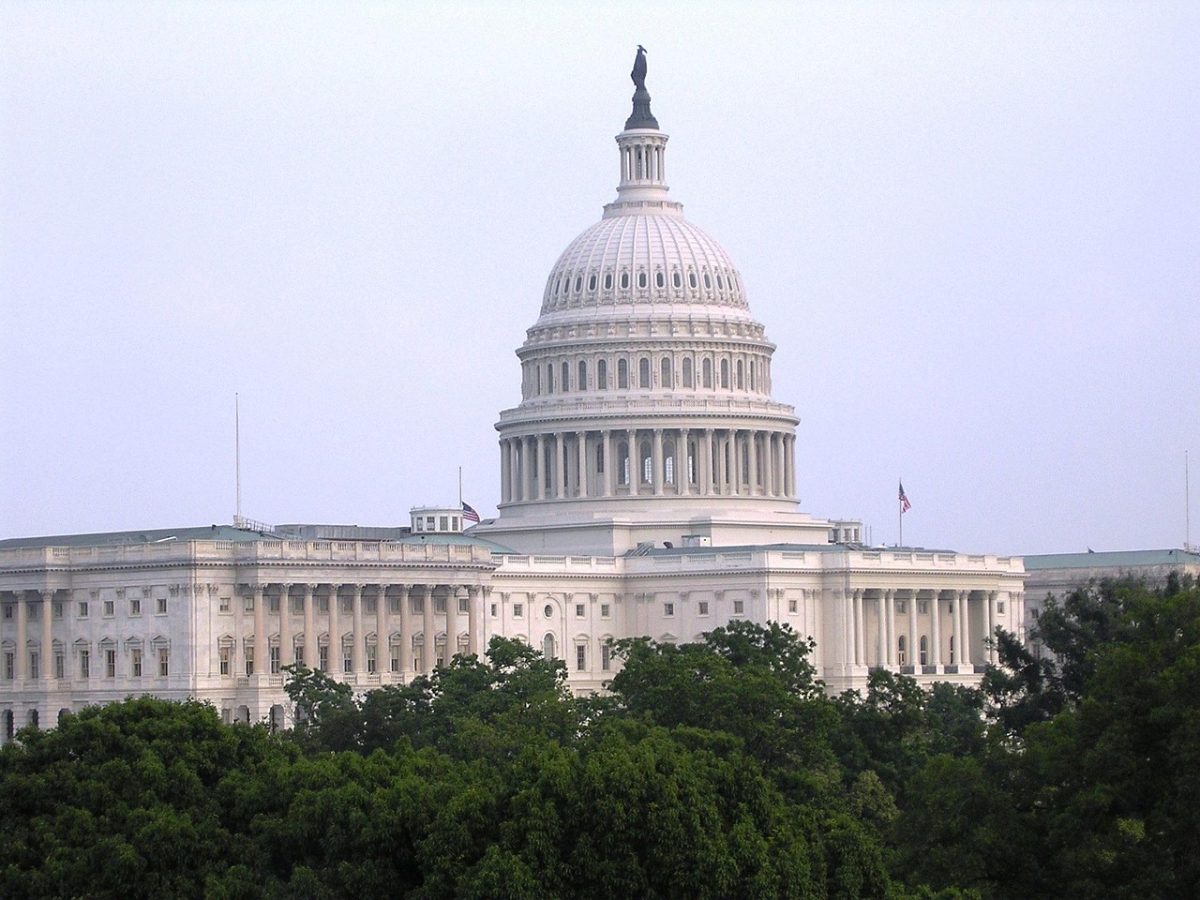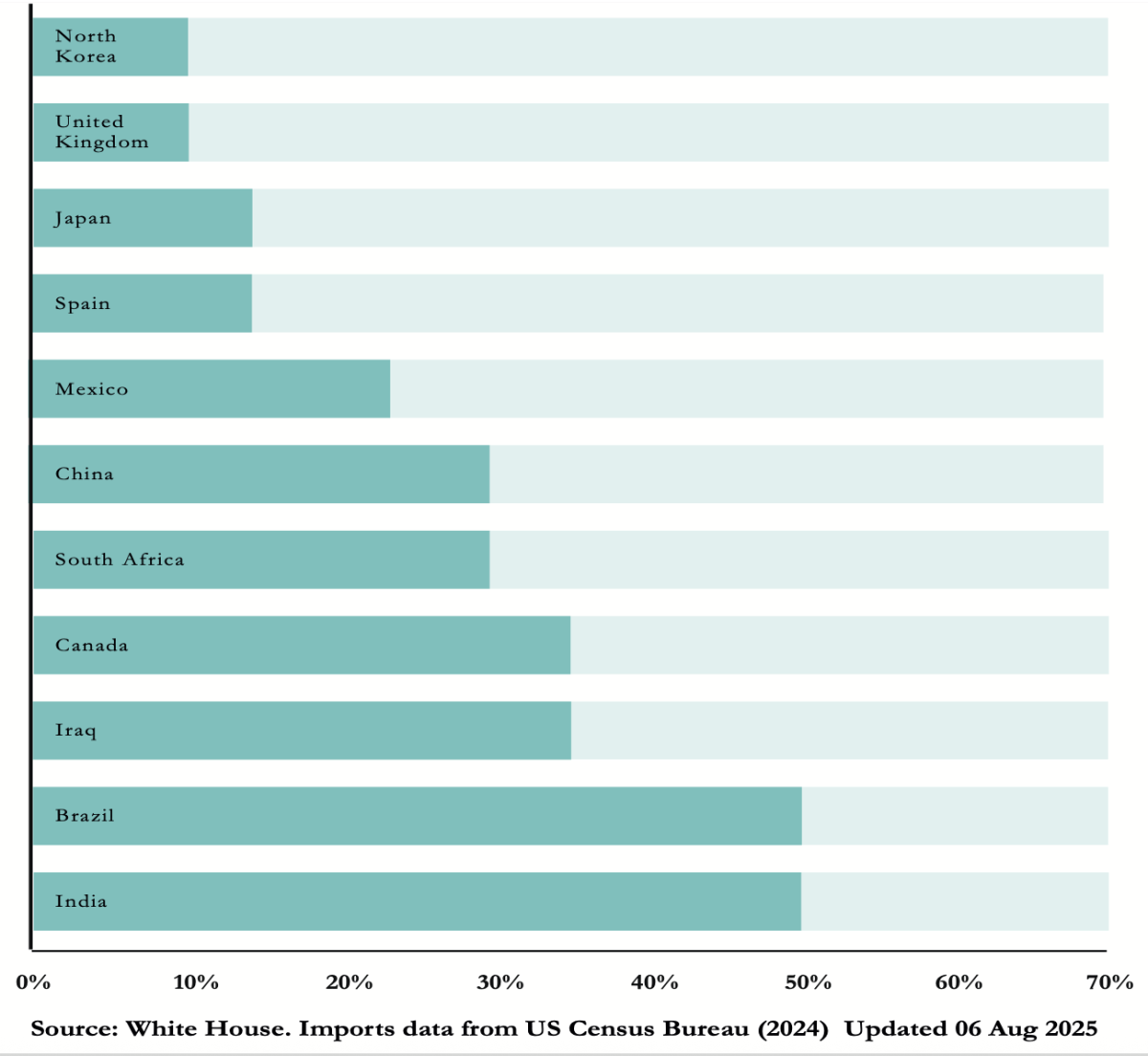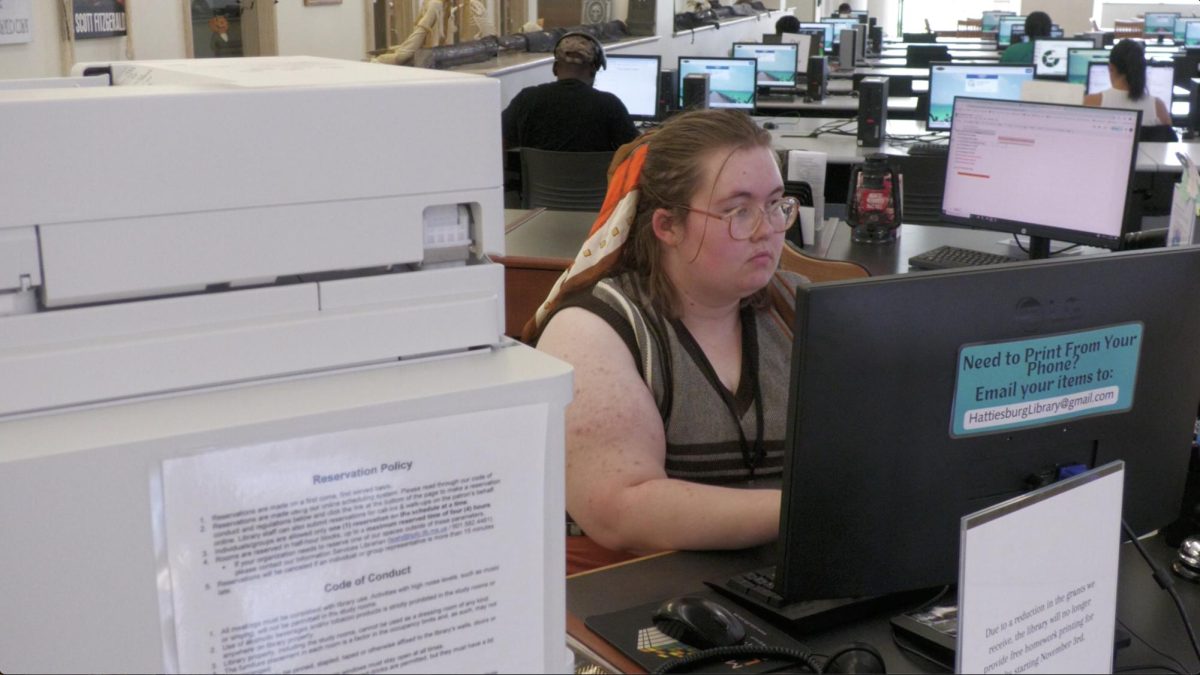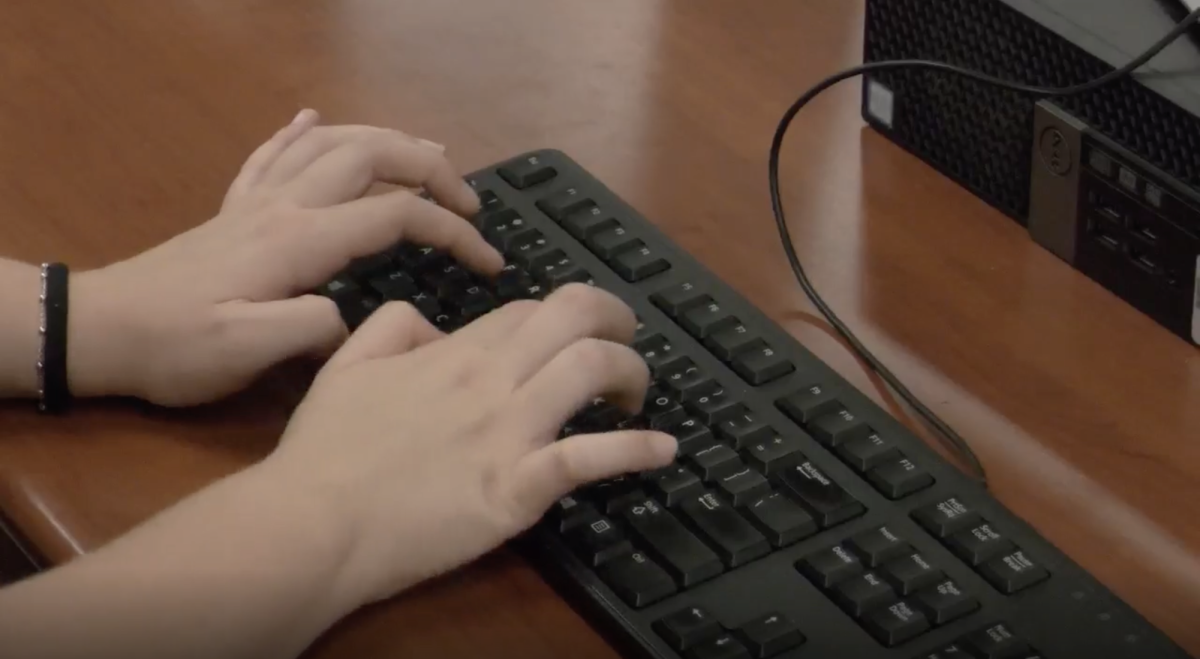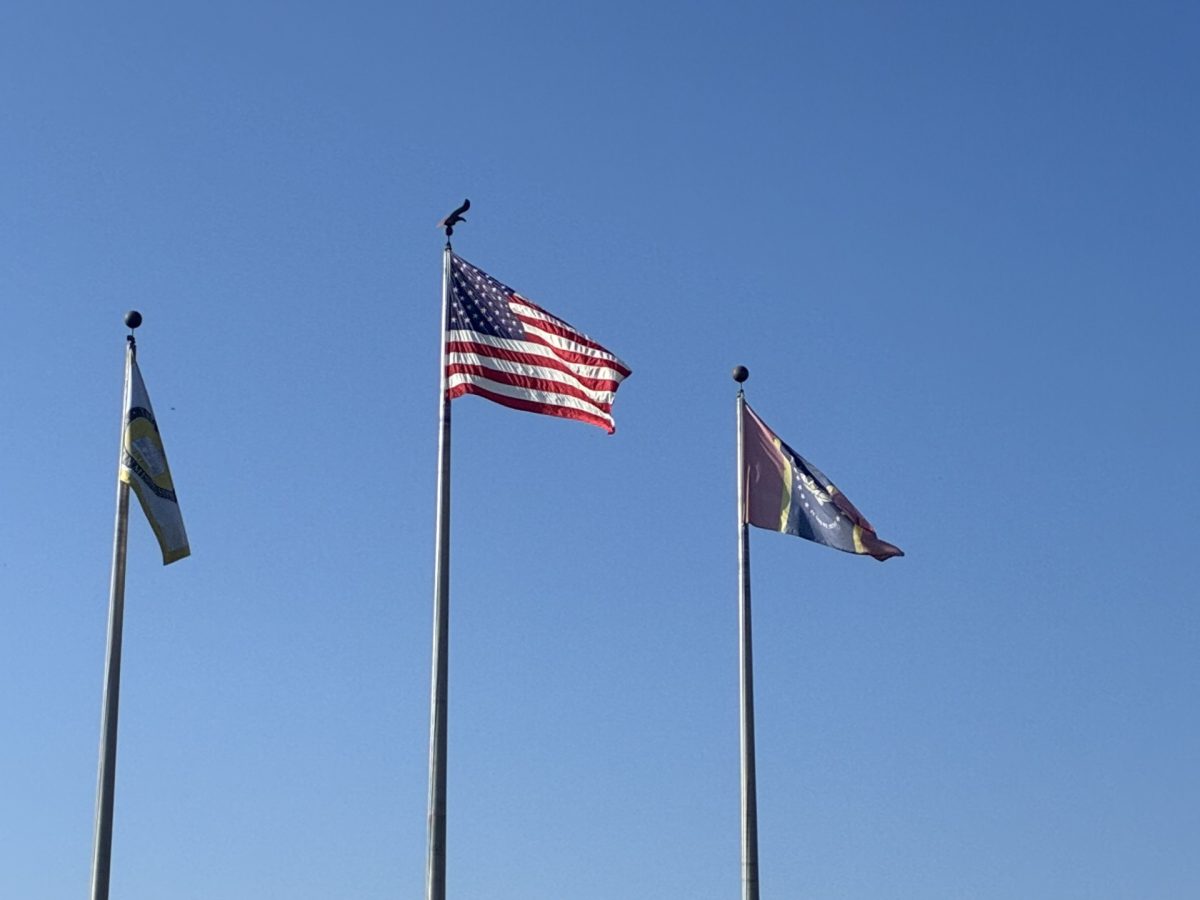President Donald Trump introduced new tariff policies this year in an effort to regulate imports and address trade practices, leading students and consumers to see higher prices at stores.
The executive order includes a baseline 10% increase on nearly all U.S. imports, though some countries face higher rates. Trump has negotiated with numerous countries, offering each a different tariff percentage depending on their history with the United States.
The European Union agreed to a 15% baseline on most imports. The United Kingdom is the only country with a 25% tariff on steel and aluminum, compared to 50% for other countries. The U.K. also secured the lowest U.S. tariff so far, with only 10% on the first 100,000 vehicles exported to the U.S. annually.
The increased tariffs apply to steel, copper, auto parts, imported cars, lumber and agricultural products. Trump also announced the removal of tariff exemptions on goods valued at $800 or less, known as “de minimis.” The removal takes effect Aug. 29.
As a result, many firms have either raised prices for consumers or reduced imports, which still increases costs for American buyers. The administration argues the tariffs encourage citizens to buy more American-made products. However, many U.S. manufacturers rely on foreign materials, making price increases likely.
“It doesn’t take into consideration what they are going to do back to us, because we also like to export some of our things to other countries,” said Dr. Joseph Weinberg, a political science professor at the University of Southern Mississippi. “So, if we’re going to start putting taxes on them, they are going to start putting taxes on us. And it gets messy.”
Economists warn the tariffs could threaten the stock market, affecting pensions, jobs and interest rates. Both the International Monetary Fund and the Organization for Economic Cooperation and Development expect the U.S. economy to be negatively affected. Some analysts claim the tariffs are already fueling inflation.
Prices rose 2.7% in the year through June, up from 2.4% the previous month, with notable increases in clothing, coffee, toys and appliances.
“It’s been so recent that companies, like big stores, still have a bunch of stock they bought before the tariffs,” Weinberg said. “So, you won’t notice any of it for another couple of months if they stick. But yes, there will be slightly higher prices on things that you get from other countries.”
USM students like Madilyn Potter said they are already noticing changes.
“Prices keep going up and up, and it just keeps getting worse and worse for everyone,” Potter said.
Although students experience the effects, many are unaware of the actual policies. Potter said younger kids often do not watch the news and may not know about the changes.
Weinberg stressed the importance of staying informed.
“I don’t think you’re ever fine in your college bubble if it means not paying attention to things that are going on,” he said. “It’s something to take into consideration if it’s the kind of policy you like and you think we should do more of. If people are upset with these new changes, they have the ability to do something about it. That is why it is important to stay in the loop.”
Most economists believe the tariffs will have negative effects. Only time will tell whether the policies remain in place.
Tariff Policies Lead to Higher Prices
Sophia Vitrano
|
August 27, 2025
0
Donate to SM2
Your donation will support the student journalists of University of Southern Mississipi. Your contribution will allow us to purchase equipment and cover our annual website hosting costs.
More to Discover




